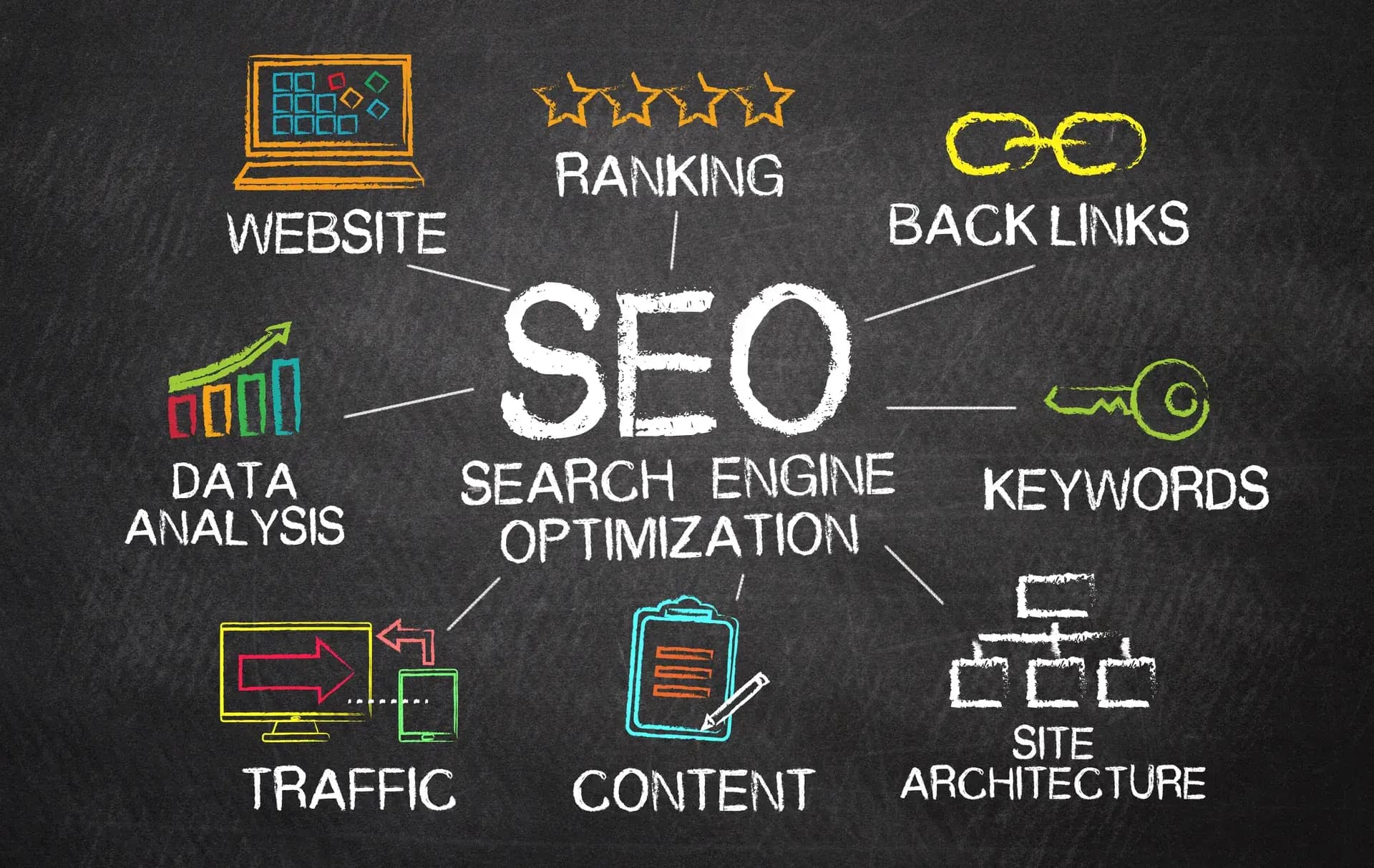Page load optimization is crucial for both user experience and search engine rankings. A slow-loading website can frustrate visitors, lead to higher bounce rates, and negatively impact your SEO efforts. In this guide, we will explore various strategies to optimize your webpage load times, which can not only enhance user satisfaction but also improve your SEO performance.
Why Page Load Speed Matters
The speed of your webpage significantly affects how users interact with your site. Research indicates that a 1-second delay in load time can lead to a 7% reduction in conversions. Additionally, search engines like Google consider page speed as a ranking factor, which means that faster sites are more likely to rank higher in search results.
1. Optimize Images
Heavy images can drastically slow down page load times. Here are ways to optimize your images:
- Compress Images: Utilize tools such as TinyPNG or ImageOptim to significantly reduce file sizes.
- Use Appropriate Formats: Save images in suitable formats like JPEG for photos and PNG for graphics.
- Responsive Images: Implement the srcset attribute so that images are served at the correct resolution for different devices.
2. Minimize HTTP Requests
Each element on a webpage requires an HTTP request, and minimizing these can improve load times. Consider the following:
- Combine CSS and JavaScript files to decrease the number of requests made to the server.
- Use CSS sprites to combine multiple images into a single file.
- Reduce the number of plugins on your site that can add extra requests.
3. Enable Browser Caching
Browser caching allows the storing of files on users’ browsers for faster access. To enable caching:
- Set expiration dates for static resources using your server configurations.
- Leverage caching plugins if you're using a CMS like WordPress.
4. Implement Lazy Loading
Lazy loading defers the loading of images and videos until the user scrolls down the page. This can significantly reduce initial load times. Consider using:
- Lazy loading libraries that handle images and other media.
- Native lazy loading attributes available in HTML for images and iframes.
5. Use a Content Delivery Network (CDN)
A CDN distributes your content across multiple servers worldwide, ensuring users load your site from the closest geographical location. Benefits include:
- Faster content delivery time.
- Reduced server load time during traffic surges.
Conclusion
Implementing effective SEO page load optimization strategies is essential for enhancing user experience and improving search engine rankings. By focusing on image optimization, minimizing HTTP requests, leveraging caching, implementing lazy loading, and utilizing CDNs, you can create a faster, more efficient website. At Prebo Digital, we specialize in optimizing page speed for improved SEO performance. Ready to boost your site’s loading speed? Contact us today for professional assistance!







